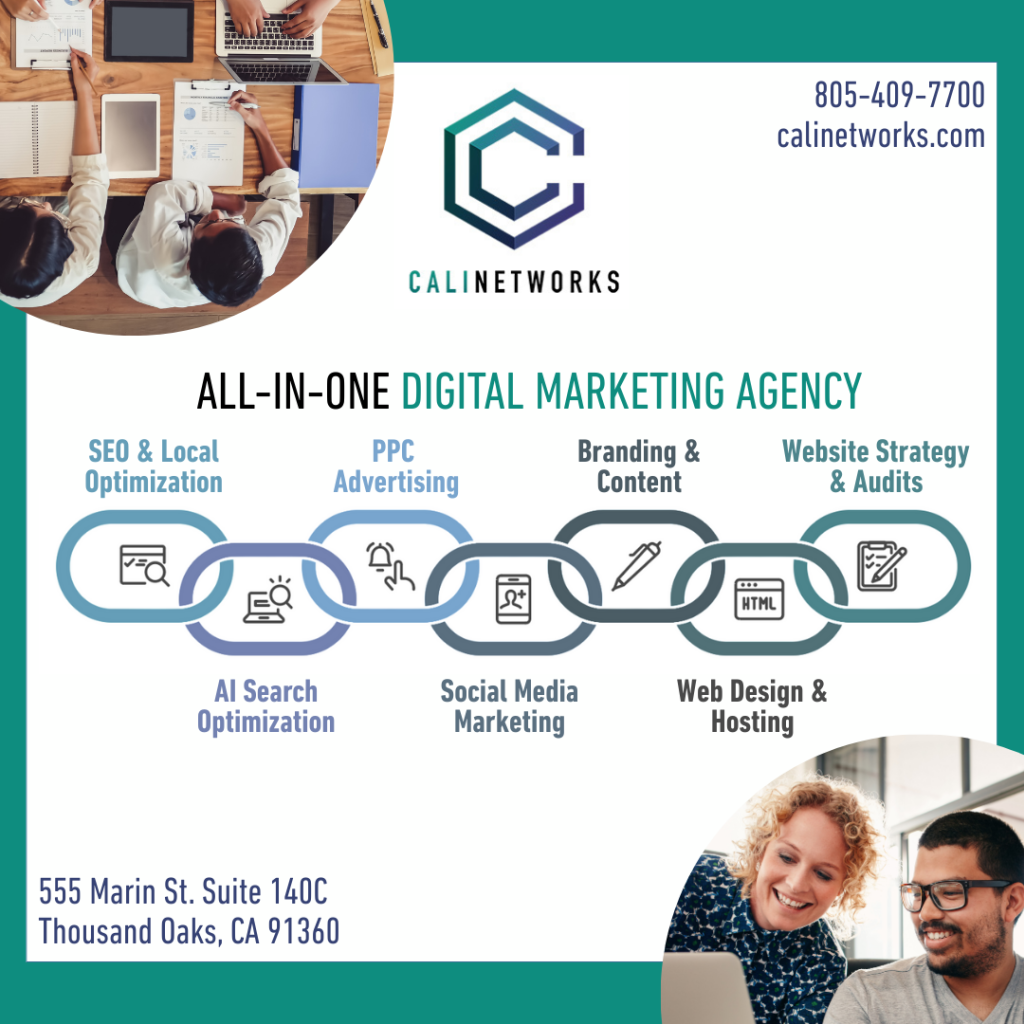Search Engine Optimization (SEO) represents the cornerstone of digital marketing success in today’s online-driven business environment. This comprehensive guide explores how SEO functions within the digital marketing ecosystem, its critical importance for businesses of all sizes, and actionable strategies for implementation. From improving organic visibility to driving qualified traffic and enhancing user experience, SEO delivers measurable returns on investment while building long-term brand authority.
Understanding SEO in the Digital Marketing Landscape
In an era where 93% of online experiences begin with a search engine, SEO has evolved from a technical discipline to a fundamental business strategy. Search Engine Optimization encompasses the practices, techniques, and strategies designed to improve a website’s visibility in search engine results pages (SERPs), ultimately driving organic traffic and business growth.
Unlike paid advertising channels that require continuous investment, SEO builds sustainable organic visibility that compounds over time. This makes it an essential component of any comprehensive digital marketing strategy, working synergistically with content marketing, email, social media marketing, and paid advertising to create a holistic online presence.
What Exactly Is SEO in Digital Marketing?
Core Definition and Components
SEO is the practice of optimizing websites, content, and online presence to rank higher in search engine results for relevant queries. It involves understanding how search engines work, what people search for, and the actual search terms or keywords typed into search engines.
The Three Pillars of SEO:
- On-Page SEO – Optimizing individual web pages, including content quality, keyword placement, meta descriptions, title tags, header tags, and internal linking structures.
- Off-Page SEO – Building domain authority through backlinks, brand mentions, social signals, and other external ranking factors that demonstrate credibility and relevance.
- Technical SEO – Ensuring search engines can crawl, index, and understand your website through proper site architecture, mobile-friendliness, page speed optimization, and structured data implementation.
How SEO Integrates with Digital Marketing Channels
1. Increased Organic Visibility and Traffic
- The Numbers Speak Volumes: Research indicates that the first organic search result receives approximately 28.5% of all clicks, while positions 2 and 3 receive 15.7% and 11% respectively. By the time users reach page two of search results, less than 1% click through. This dramatic drop-off illustrates why ranking highly for relevant keywords directly correlates with increased website traffic.
- Quality Over Quantity: SEO doesn’t just drive traffic; it attracts qualified visitors actively searching for products, services, or information your business provides. This intent-driven traffic typically exhibits higher engagement rates, longer session durations, and better conversion rates compared to other traffic sources.
2. Cost-Effectiveness and ROI
- Long-Term Value Creation: While SEO requires upfront investment in strategy, content creation, and optimization, it generates compounding returns over time. Unlike paid advertising where traffic stops when budgets are exhausted, SEO continues delivering results long after initial investments.
- Comparative Cost Analysis: Studies show that organic search drives 53% of all website traffic, yet many businesses spend less than 15% of their digital marketing budget on SEO. This disparity represents a significant opportunity for businesses to reallocate resources toward a channel that delivers sustained, cost-effective results.
3. Enhanced User Experience and Engagement
Google’s User-First Philosophy: Modern SEO aligns perfectly with providing exceptional user experiences.
Google’s algorithm updates increasingly prioritize factors like:
- Page Speed – Fast-loading pages reduce bounce rates and improve user satisfaction.
- Mobile Responsiveness – With mobile searches exceeding desktop, mobile-friendly design is non-negotiable.
- Content Quality – Comprehensive, well structured content that answers user queries thoroughly.
- Site Architecture – Intuitive navigation and clear information hierarchy improve user engagement.
4. Building Brand Credibility and Authority
- Trust Through Organic Rankings: Users inherently trust organic search results more than paid advertisements. Studies indicate that 70-80% of users ignore paid ads entirely, focusing exclusively on organic results. High organic rankings signal to users that your business is a credible, authoritative source in your industry.
- E-A-T Principles: Google’s emphasis on Expertise, Authoritativeness, and Trustworthiness (E-A-T) means businesses that demonstrate these qualities through their SEO efforts build stronger brand reputations and customer trust.
5. Competitive Advantage in the Digital Marketplace
- Market Share Through Search: In competitive industries, SEO often determines market leaders from followers. Businesses ranking on page one capture the majority of search traffic, leaving competitors to fight for remaining scraps. This first-mover advantage in SEO can establish dominant market positions that become increasingly difficult for competitors to challenge.
- Local Market Domination: For local businesses, SEO provides unprecedented opportunities to compete with larger corporations. Local SEO strategies enable small businesses to capture “near me” searches and location-based queries, leveling the playing field in their geographic markets.
Key SEO Strategies for Business Implementation
Foundational SEO Elements
1. Comprehensive Keyword Research: Identify keywords that balance search volume, competition, and business relevance. Focus on:
- Short-tail keywords for brand awareness
- Long-tail keywords for targeted traffic
- Commercial intent keywords for conversions
- Informational keywords for top-of-funnel content
2. Content Optimization Framework: Develop content that satisfies search intent while incorporating target keywords naturally. Ensure each piece of content:
- Addresses user queries comprehensively
- Includes relevant semantic keywords
- Features clear structure with headers and subheadings
- Incorporates multimedia elements for engagement
3. Technical Foundation: Establish solid technical SEO fundamentals:
- XML sitemap creation and submission
- Robots.txt optimization
- Schema markup implementation
- Core Web Vitals optimization
- HTTPS security protocol
Advanced SEO Tactics
Link Building and Digital PR: Develop a sustainable link acquisition strategy focusing on:
- Guest posting on relevant industry publications
- Creating linkable assets (research studies, infographics, tools)
- Building relationships with industry influencers
- Leveraging brand mentions for link opportunities
Content Development: Create topical authority through comprehensive content that:
- Cover topics exhaustively
- Interlink related content strategically
- Establish expertise in specific niches
- Generate compound organic growth
Measuring SEO Success: KPIs and Metrics
Essential Performance Indicators
Organic Traffic Metrics:
- Total organic sessions
- Organic traffic growth rate
- Traffic quality (bounce rate, session duration, pages per session)
- Traffic value (goal completions, revenue)
Ranking Performance:
- Keyword ranking positions
- Featured snippet acquisitions
- SERP visibility score
- Share of voice vs. competitors
Conversion and Revenue Metrics:
- Organic conversion rate
- Revenue attributed to organic search
- Customer acquisition cost (CAC) from organic
- Customer lifetime value (CLV) from organic channels
ROI Calculation Framework
To calculate SEO ROI:
- Track total SEO investment (tools, content, labor)
- Measure organic traffic value (conversions × average order value)
- Calculate: (Gain from Investment – Cost of Investment) / Cost of Investment × 100
Common SEO Challenges and Solutions
- Challenge 1: Algorithm Updates
Solution: Focus on evergreen SEO principles: quality content, user experience, and natural link building. Stay informed about updates but avoid chasing algorithm changes. - Challenge 2: Competitive Keywords
Solution: Target long-tail variations initially, build topical authority gradually, and leverage unique value propositions to differentiate content. - Challenge 3: Resource Limitations
Solution: Prioritize high-impact activities, leverage SEO tools for efficiency, and consider outsourcing specialized tasks while maintaining strategic control.
Future-Proofing Your SEO Strategy
Emerging Trends to Watch
- Artificial Intelligence Integration: AI-powered search features like Google’s SGE (Search Generative Experience) will reshape how users interact with search results. Optimize for featured snippets and structured data to maintain visibility.
- Voice Search Optimization: With voice search growing rapidly, optimize for conversational queries and natural language patterns. Focus on question-based keywords and local search optimization.
- Video SEO: Video content increasingly dominates search results. Implement video schema markup, optimize video titles and descriptions, and create video content addressing user queries.
SEO as a Business Imperative
SEO transcends mere marketing tactics to become a fundamental business strategy in the digital age. Its ability to drive sustainable organic growth, enhance user experience, build brand authority, and deliver measurable ROI makes it indispensable for businesses seeking online success.
The businesses that recognize SEO’s strategic importance and invest accordingly will capture increasing market share, build stronger customer relationships, and establish competitive advantages that compound over time. In a world where online visibility determines business viability, SEO isn’t just important—it’s essential for long-term success.
As search engines continue evolving and user behaviors shift, the fundamental principle remains constant, businesses that help users find what they’re looking for through optimized, valuable content will thrive in the digital marketplace. The question isn’t whether to invest in SEO, but rather how quickly you can implement a comprehensive strategy to capture the opportunities it presents.

CaliNetworks
555 Marin St Suite 140c
Thousand Oaks, CA 91360
805-409-7700



